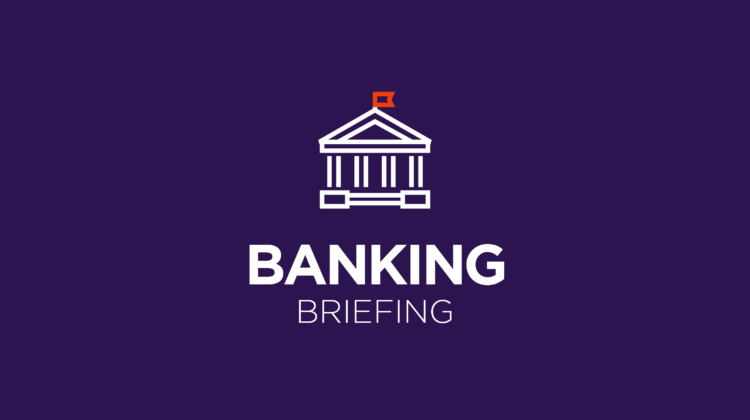Member Exclusive, New banks
Banking Briefing: Major Russian banks excluded from SWIFT
- The big news this week is that major Russian banks have been excluded from SWIFT as part of the US and allies’ sanctions against Russia.
- In the background, we’ve also got experts’ take on what’s happening in cannabis banking and some new numbers in the world of digital account opening.








